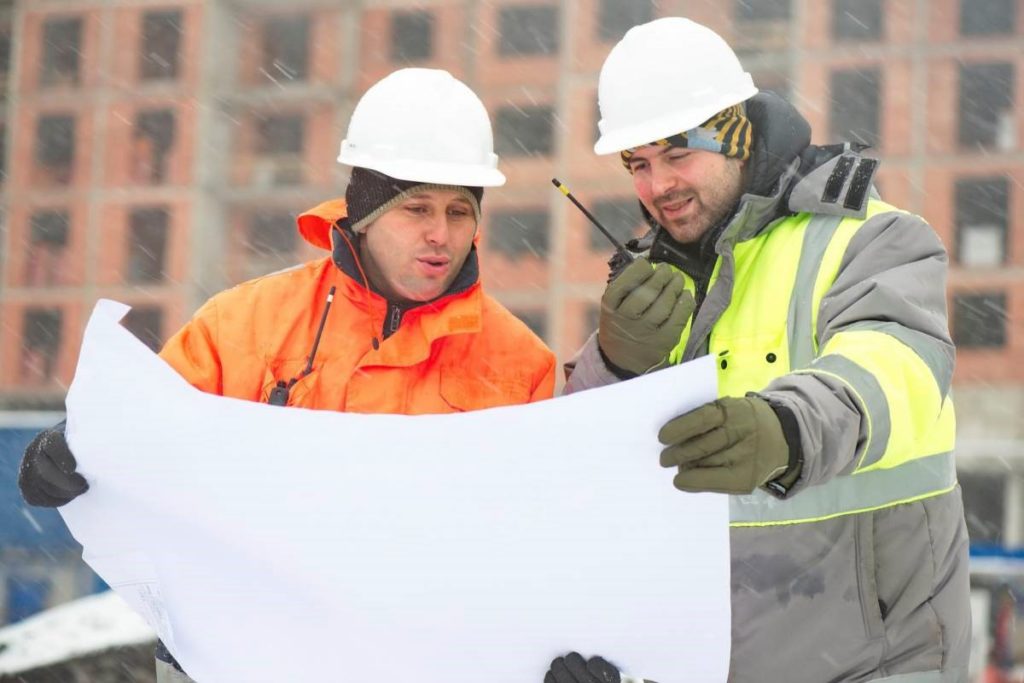As the seasons change and temperatures shift, Environmental Protections Inc. (EPI) has put together some suggested installation methods during cold weather conditions.

No surprise that location and climate may play a larger role than originally planned in the seasonal changes. With the goal to protect your project and material, the best way to do this may seem obvious, but planning can really help to prevent unwanted troubleshooting.
Prefabricated panels
When discussing panels and deployment in the field, can prefabricated panels be a solution to installation in cold weather?
Well, possibly. Here’s why.
Prefabricated panels have the obvious advantage of fewer seams in the field or on-site, helping the ease of installation in multiple conditions. Depending on the project material and size, a prefabricated panel will cut down time for the installers and costs for technical welding.
However, there is a trade-off when installing in colder temperatures verses the preferred mild warmer-weather conditions. It is not wise to assume that because the panel is prefabricated with factory seams that it will not be subject to possible cold weather bruising from intense temperature differences or lack of attention to cold weather storage care.
Installation
If the soil beneath the geomembrane is frozen, the heat from hot air guns, hot wedge welders or any preheating equipment may be used to thaw the frost. Allow water to be condensed onto the unbonded region ahead of the seam being welded. This possibility may be eliminated using suitable seaming boards or slip sheets made from excess geomembrane. For sheet temperatures below 40°F (4°C), shielding, preheating, different chemical compounds and a slower seaming rate may be required.
More frequent seam testing and precautions to prevent thawing subgrade may have to be taken. Sharp, frozen subgrade should be avoided to eliminate point pressure damage potential.
If geomembrane deployment is required by the owner at ambient temperatures below 60°F (16°C), adequate means of storing the liner in an area that maintains the material sheet temperature above 60°F (16°C) must be provided. This sheet temperature must be maintained up to the time the liner is deployed. EPI does not recommend deploying or field seaming geomembranes when ambient temperature is below 40°F (4°C). However, in special circumstances and with proper preparation, installation can be accomplished at lower temperatures only with the owner’s approval of the procedures and any additional costs.
Example: polyvinyl chloride (PVC) material acts as an insulator; if the material is to be used in cold weather temperatures, keeping it stored above 60°F (16°C) where is it a consistent temperature to the core of the material is highly suggested or it may be more time consuming to manage during install. If the material is already cold to its core—since it is such a great insulator—you can anticipate it taking longer to “thaw” to a more manageable condition.
Disclaimer: This commentary would never trump the directions of the engineer/foreperson/inspector on-site.
 TEXTILES.ORG
TEXTILES.ORG


